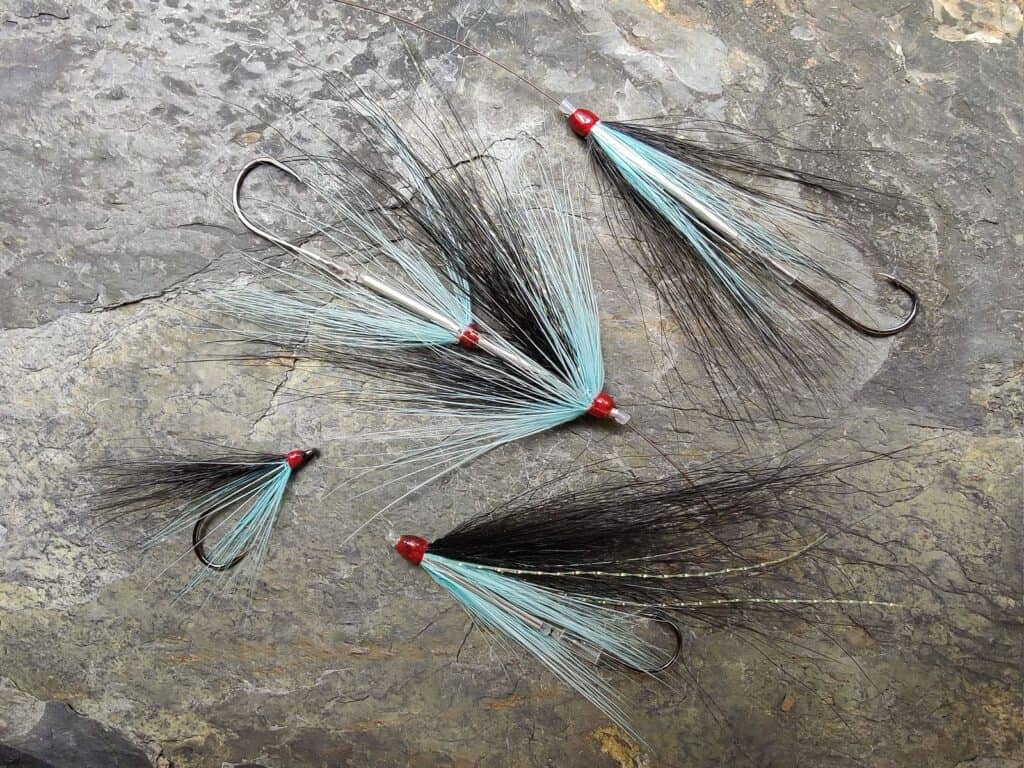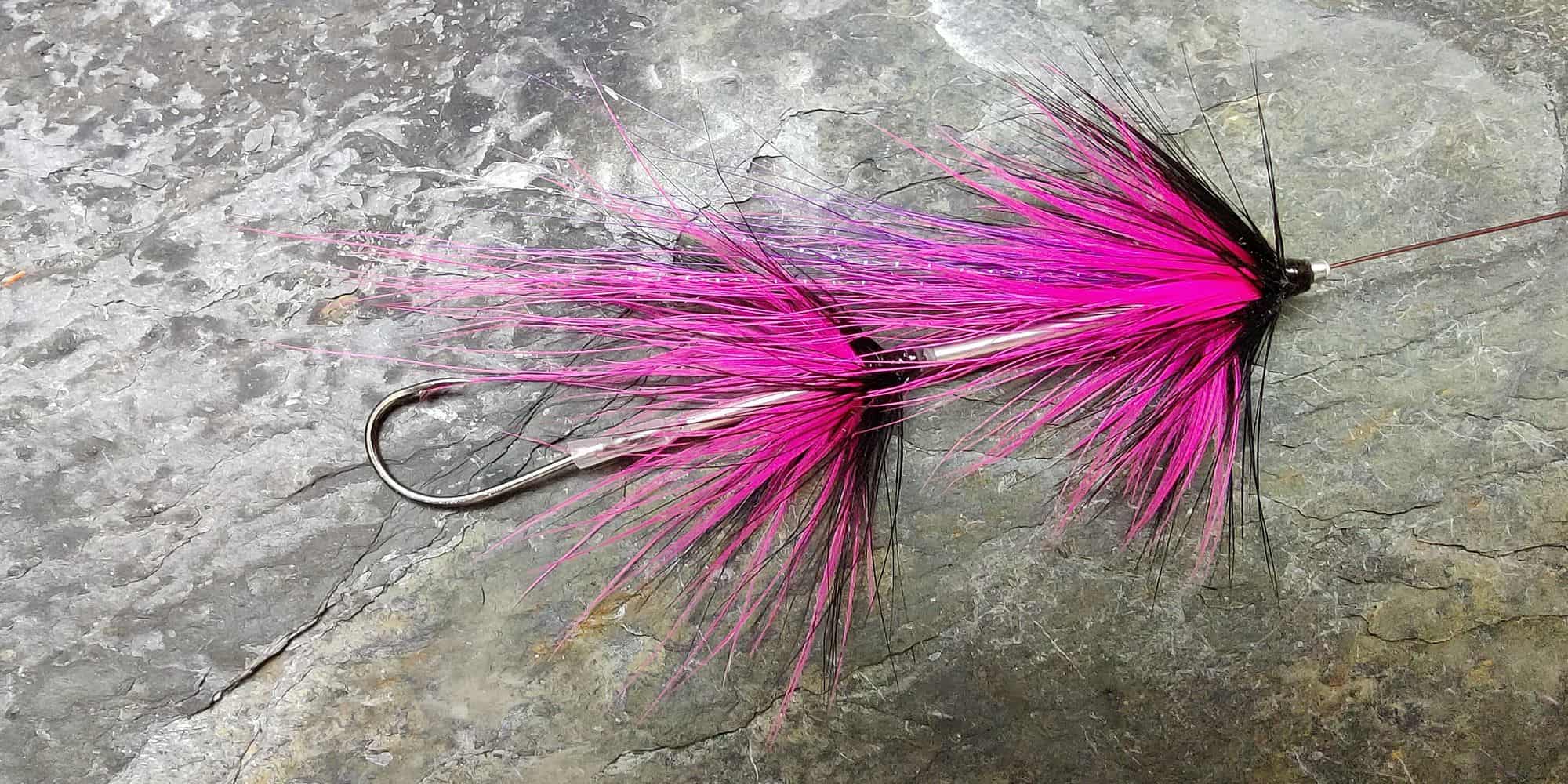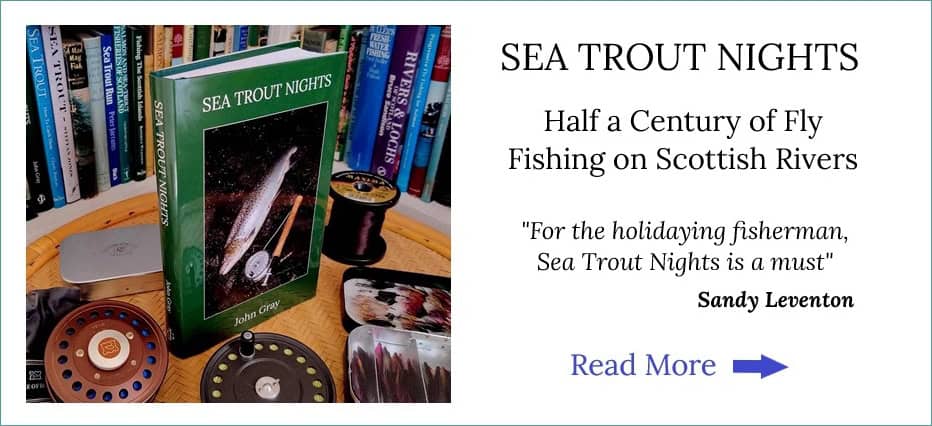Tying Intruder Flies on Tubes
Intruders originated, in the early nineteen nineties, on the rivers of the Pacific north west coast of the USA and Canada. Anglers fishing these rivers for Chinook salmon tied these very large lures on wire shanks with a hook trailing behind. The idea was to provoke the salmon into an aggressive attack on the “Intruder” which had invaded its territorial space. They worked very well and were soon adopted by rainbow trout and steelhead anglers fishing in the same rivers. Intruders were later dressed on Waddington shanks and this became the standard basis for most Intruder flies tied in the following decades. More recently, tyers of Intruder Flies have recognised the benefits of tying their flies on tubes. For me, tubes offer two major advantages over Waddington shanks as a base for tying any kind of fly, whether it be for salmon, steelhead or sea trout. In my experience, tubes are much more easily dressed than Waddington shanks and, secondly, the hook is much more easily fitted to a tube fly, and more easily replaced when damaged, or changed for varying conditions and circumstances. The flies shown on this page have been dressed on slim stainless steel Needle Tubes with an outside diameter of 1.5mm. These tubes, developed by Grays of Kilsyth in Scotland and introduced in 2008, are as slim as a Waddington shank and of similar weight, so when dressed they do the same job as a Waddington, being as easily cast and reaching a similar depth.
Needle Tube Intruders
The flies below are fairly simple patterns dressed in the Intruder style on stainless steel tubes of 25mm to 40mm length. On some I have omitted any body dressing, leaving the polished silver tube bare, with the hair and feather components tied in at two points or stations front and rear. The overall length of these Intruders is between one and a half and two inches.
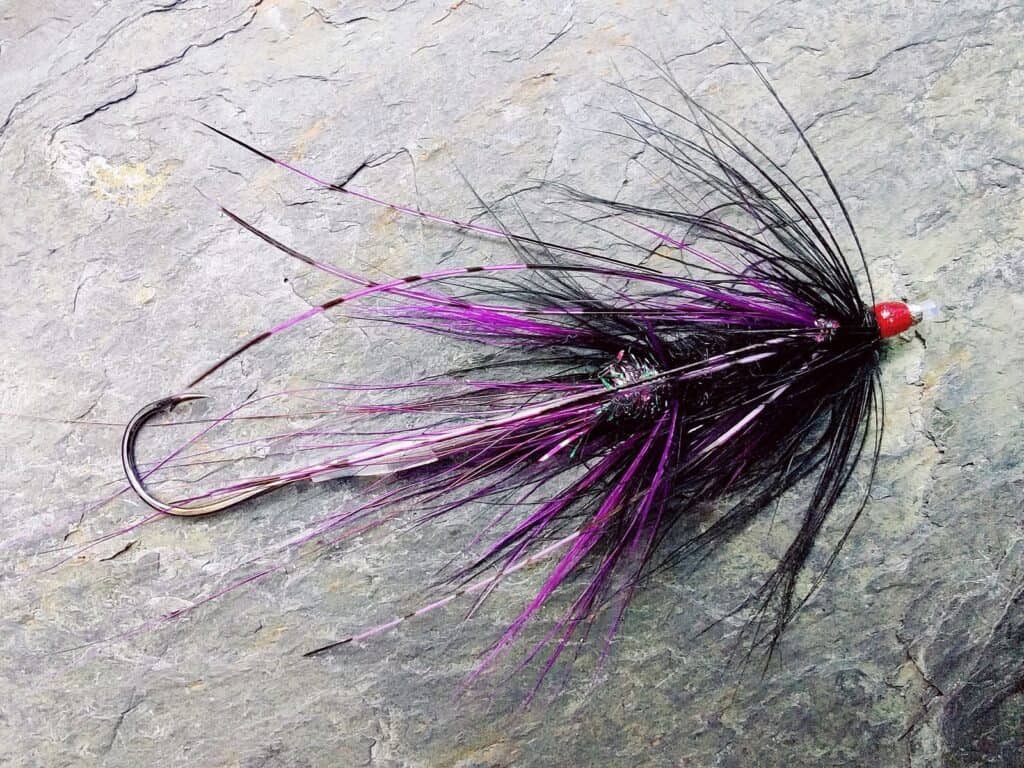
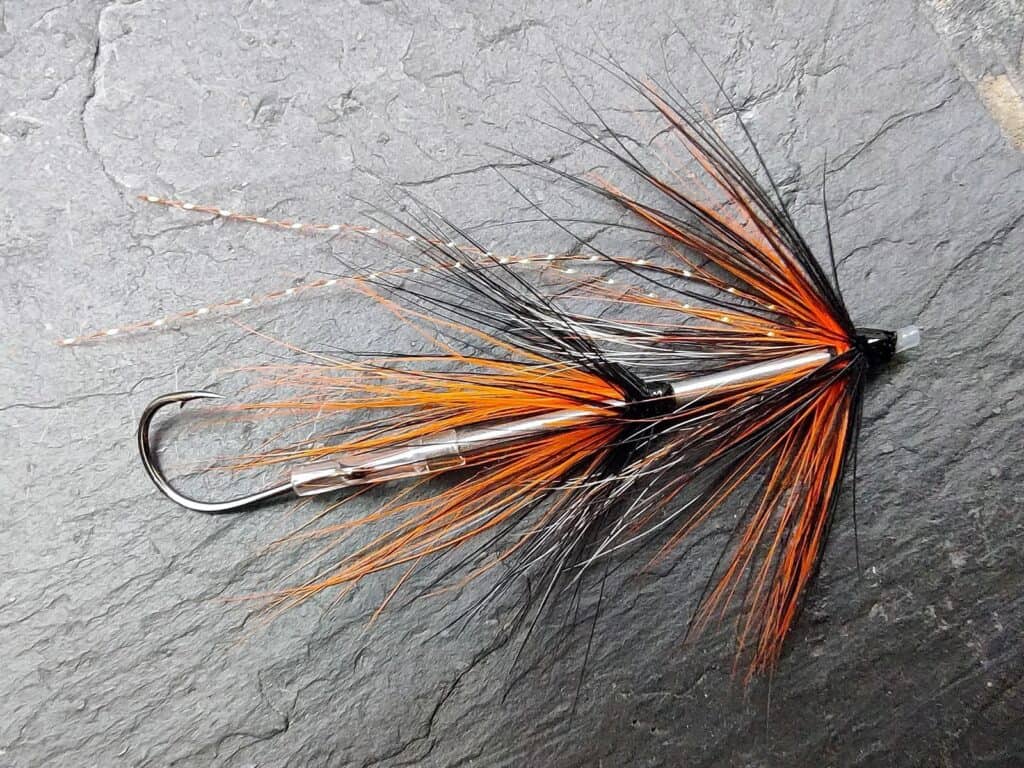
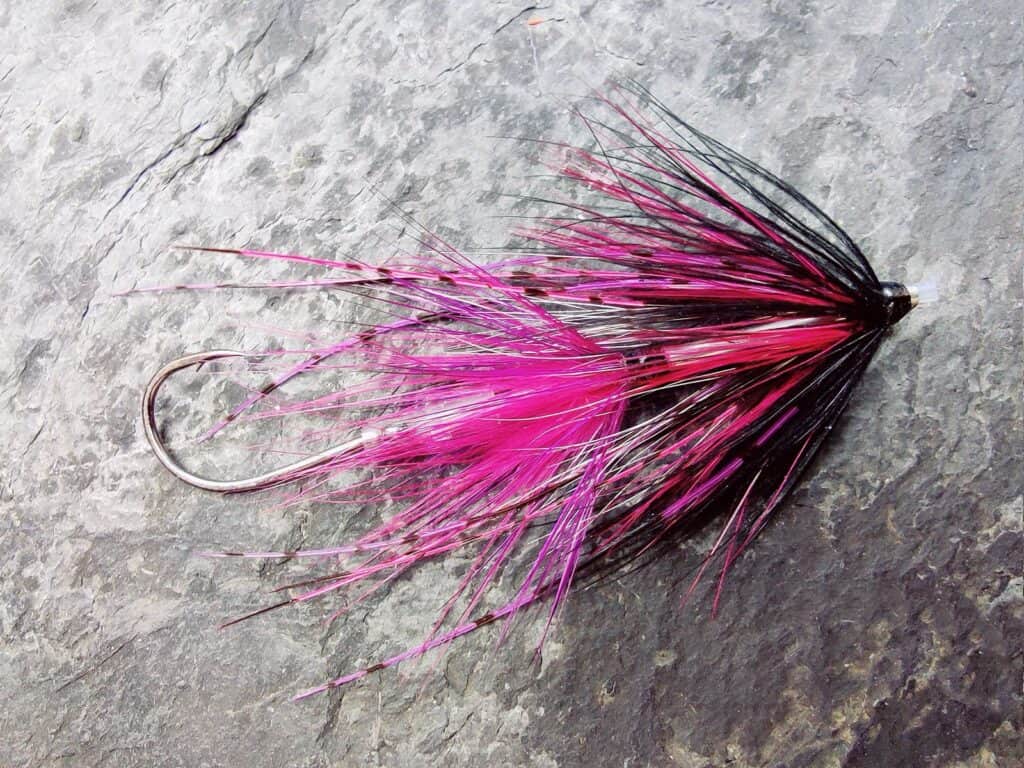
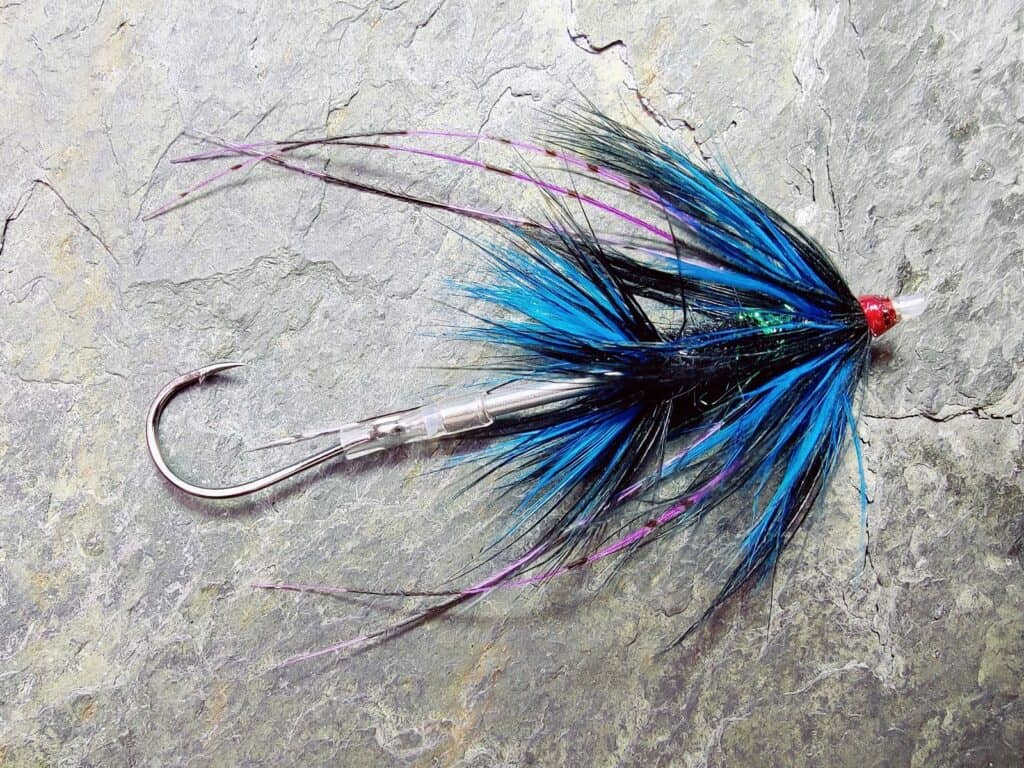
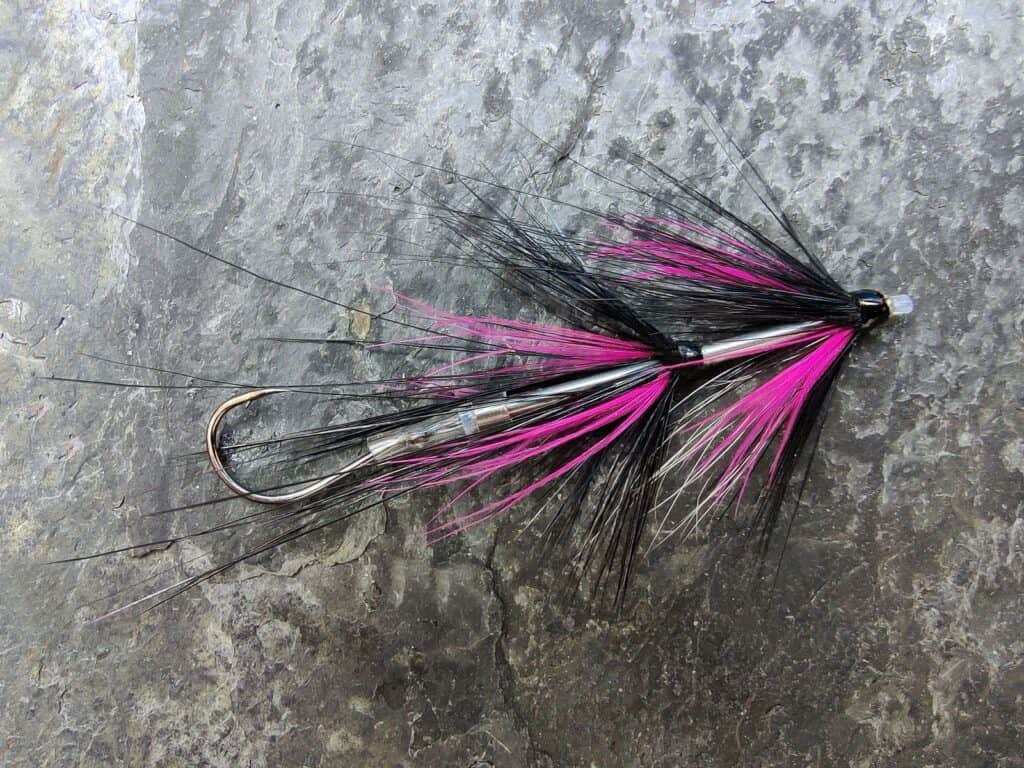
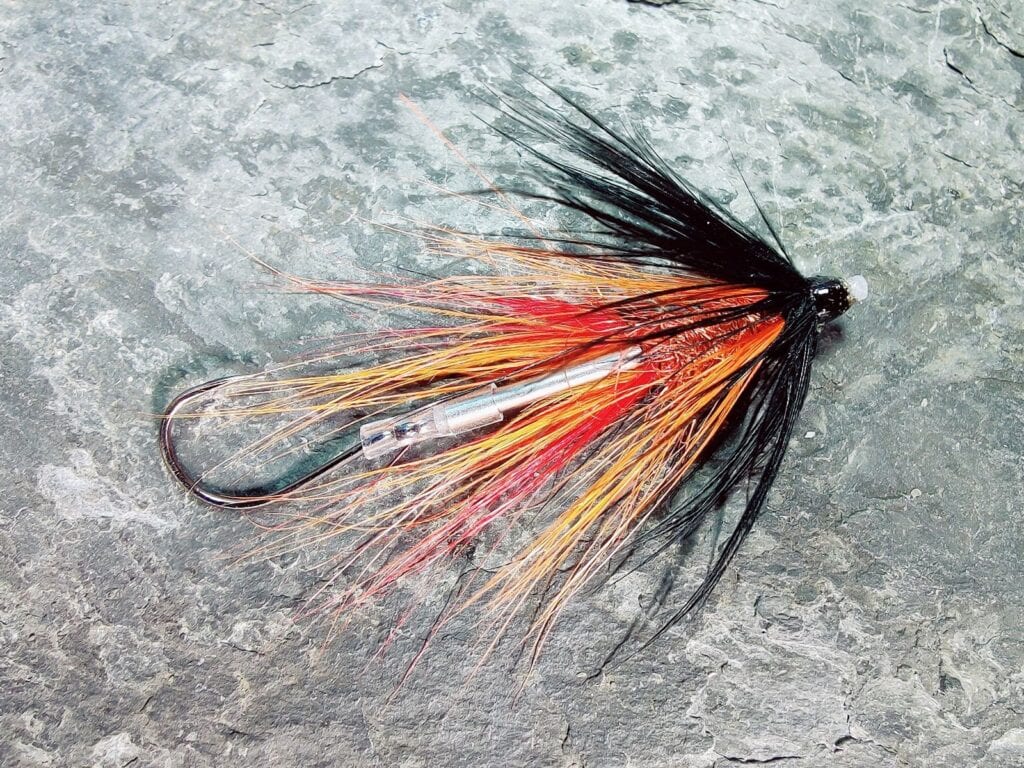
Tying Intruder Flies on Twin Tubes
The flies shown below have been dresssed on shorter needle Tubes, of 25mm for the front section of the intruder with the rear tubes dressed on 15mm tubes. If these flies had been dressed on Waddingtons with a trailing single hook attached via a wire or nylon loop, they might be instantly recognised by many as an Intruder variant. The tube flies illustrated below might merit the title “Intruder” owing to their basic similar shape and style of tying, with a trailing single hook behind. Although the basic dressing of these tubes has perhaps more in common with Scottish salmon or sea trout fly dressings than the popular standard North American Intruder patterns, they are intended to do a similar job in provoking an aggressive response from whatever fish they are cast to, be it King salmon, Steelhead, Atlantic salmon or sea trout.
click or tap images to enlarge
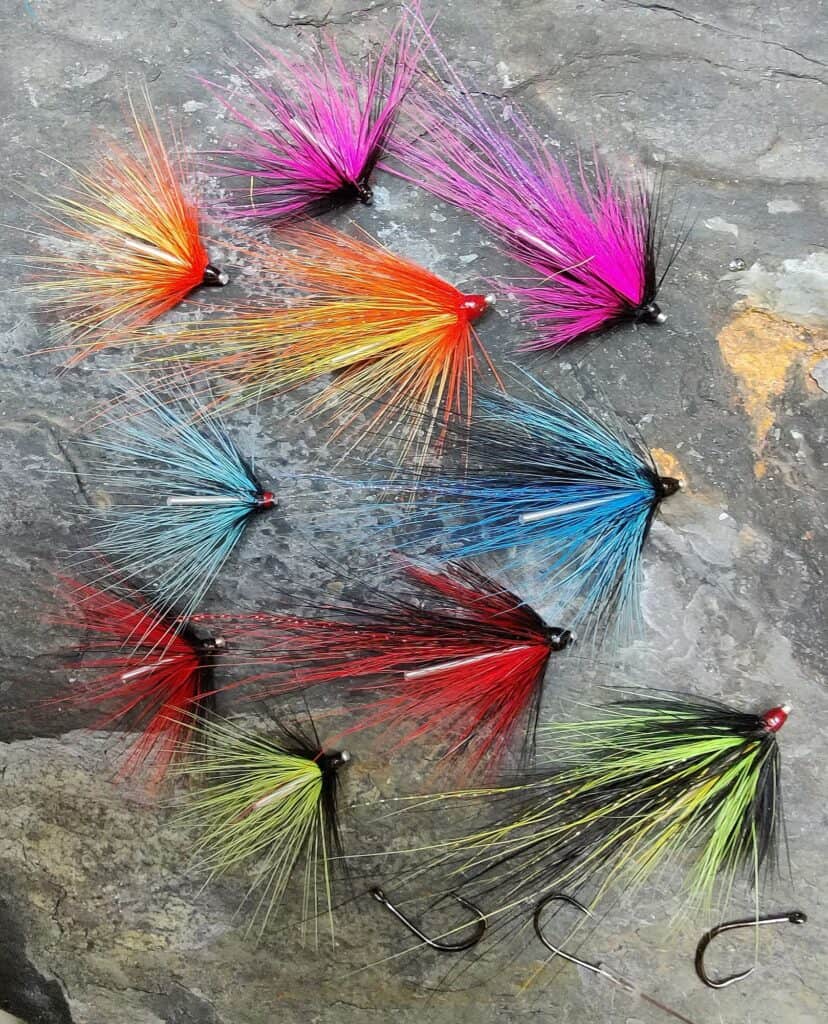
The first series of photographs below shows some simple patterns dressed on one inch (25mm) long stainless steel needle tubes with a single hook swimming freely behind, unattached to the tube. By Intruder standards, these are fairly small flies and, although they might be considered a sizeable mouthful for our British salmon or sea trout, they might be considered, certainly by the anglers of Alaska and British Columbia, as Mini or “Micro Intruders”, having a total length of something over two inches, bearing in mind that Intruders of up to six inches are not uncommon in North America. These small tube versions might be fished as summer flies for Pacific salmon and steelhead; as salmon flies in normal conditions on British rivers; or as night time sea trout flies.
The second series of photographs illustrates the addition of a second tube (here I have used 15mm long needle tubes) behind the first, creating an Intruder fly with a similar profile and size to many standard Intruder patterns, although perhaps more sparsely dressed. Depending on the length of the tubes and the length and bulk of the dressing, these “Twin Tube Intruders” might be useful for Chinook and Steelhead fishing, and for Coho, Chum, Sockeye and Pinks, in colder or higher waters; for Atlantic salmon in high water, or in the early and backend months of our British season; and for late night sea trout fishing when the sea trout have become less active and have ceased to show any interest in smaller flies.
Single Tube Intruders
I illustrate below a few simple flies of two to two and a half inches in length, which might be called Micro or Mini Intruders, dressed on bare stainless steel needle tubes, 25mm in length with an outside diameter of 1.5mm. They are armed with free-swinging Kamasn B983 single hooks size 6, protected by a heat-shrink Knot Guard, easily and cheaply made at home.
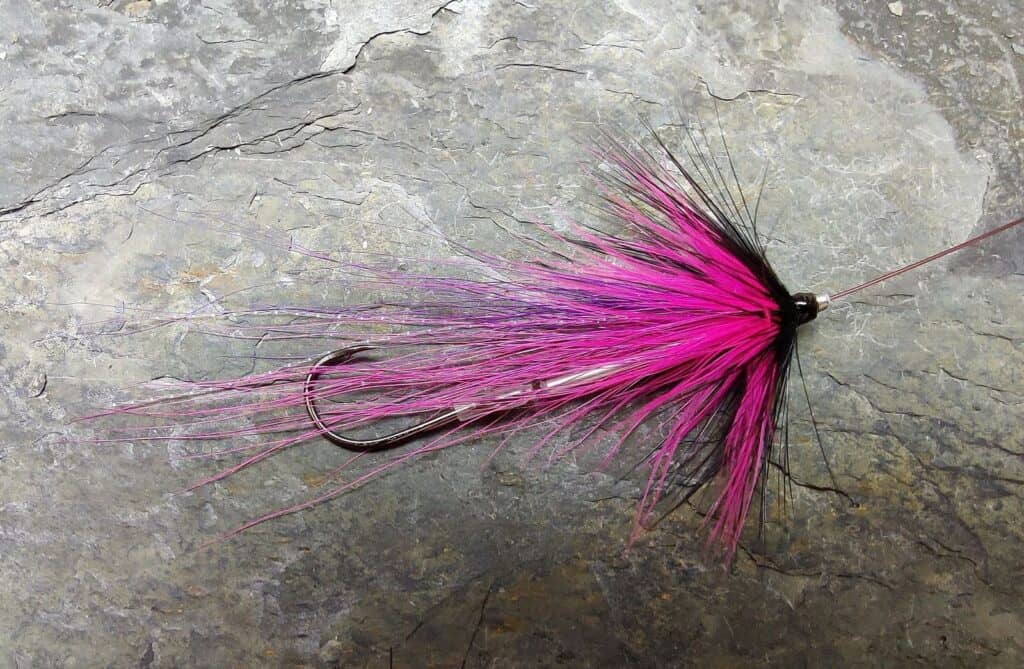
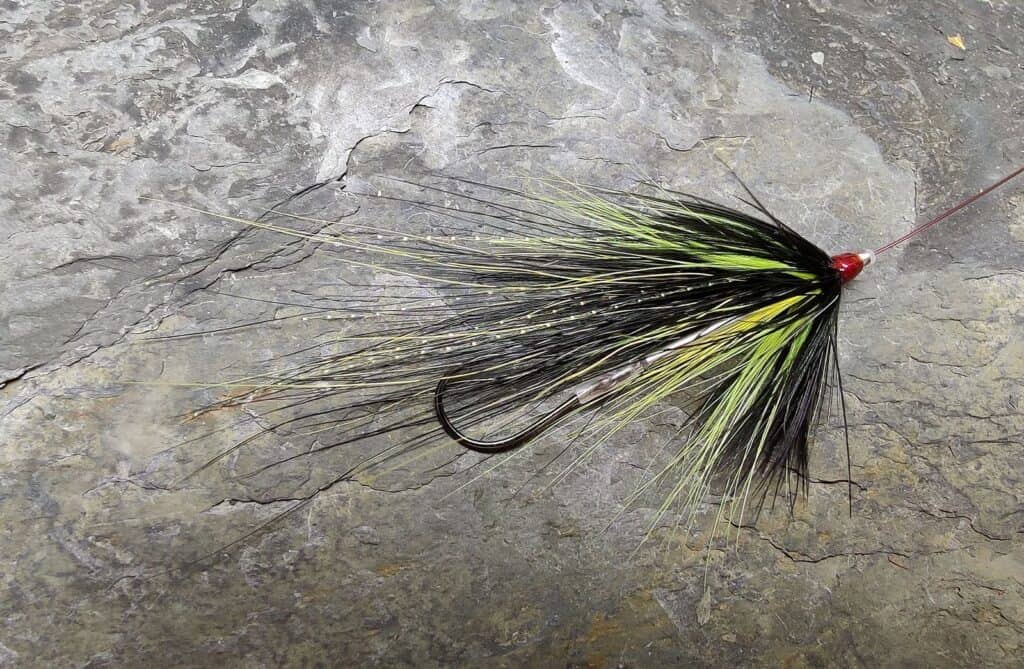
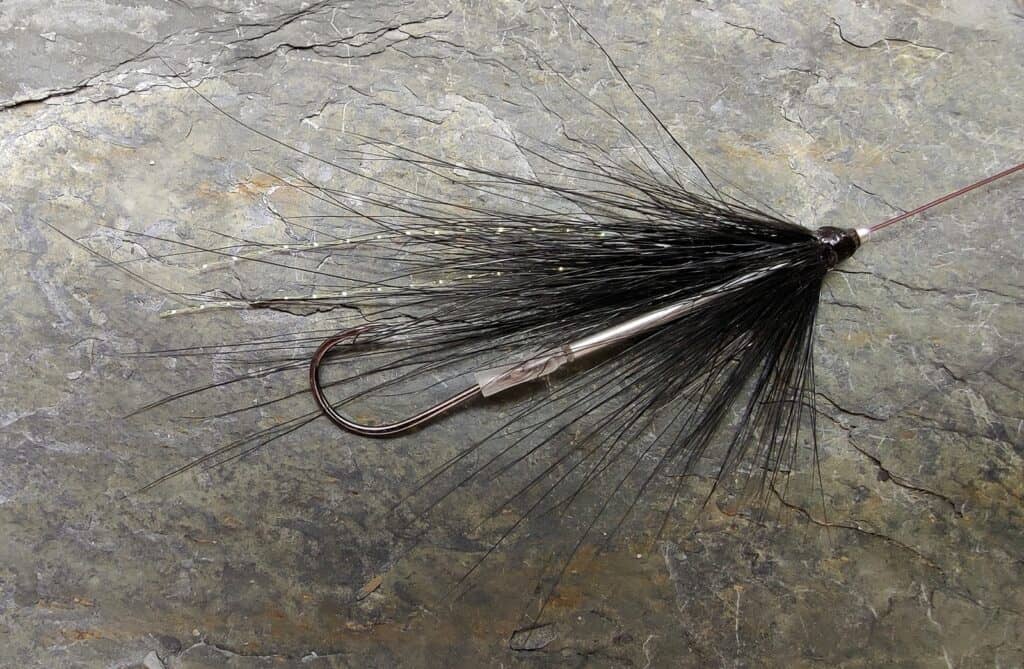
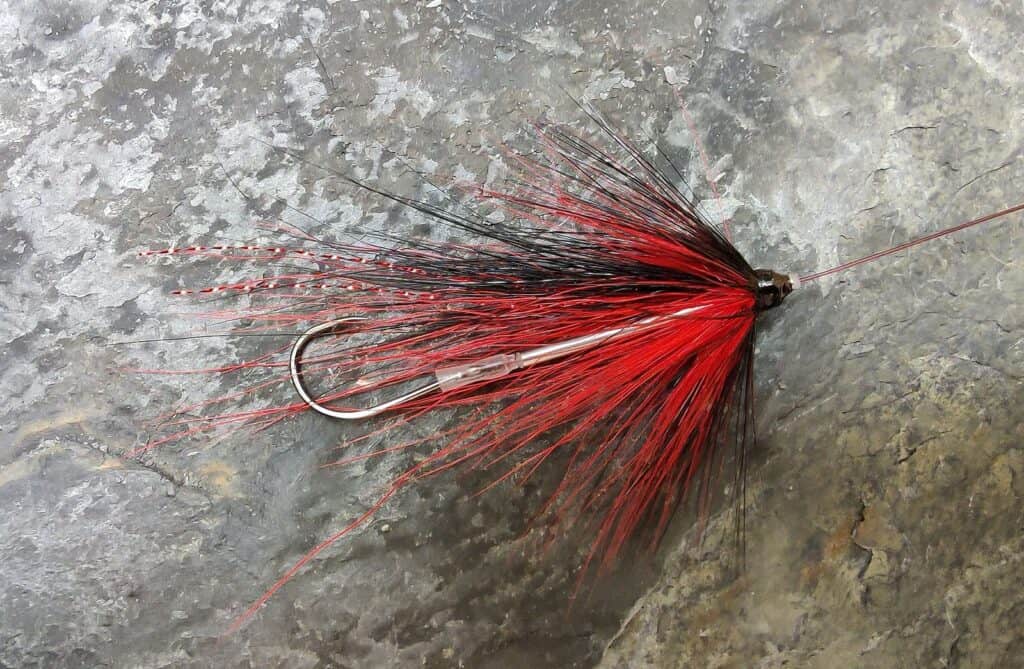
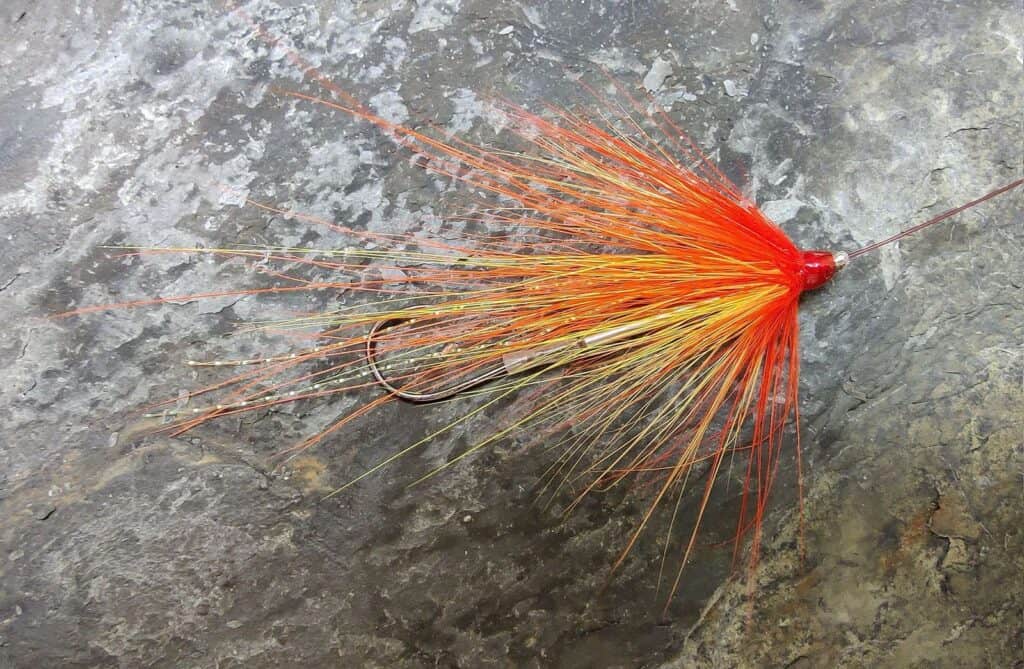
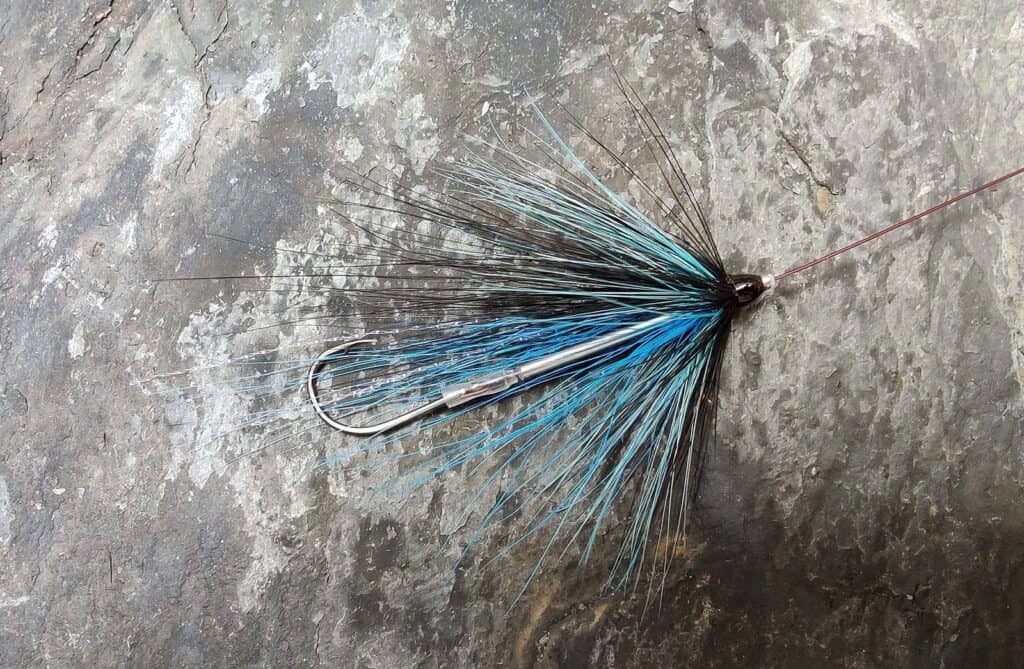
Twin Tube Intruders
Where larger or longer Intruders are required, they may of course be tied on longer tubes, similar to those shown at the top of this page, perhaps with a heavier dressing and a bigger hook. An alternative is to dress a second tube with a complementary dressing and add it behind the main tube (between the front tube and trailing hook), thus creating a longer, larger offering. 15mm seems a good length to match a main front tube length of 25mm (one inch). This solution offers considerable flexibily in our choice of fly. We may not need quite so many flies of differing sizes in our fly boxes. If we want a bigger fly, we might simply extend its length by using a Twin Tube setup. Carrying a selection of rear tubes in a range of colours (and perhaps lengths), allows us to change the appearance of our Twin Tube Intruder, sometimes quite dramatically, simply by the addition of a different colour of rear tube. Some examples of the Twin Tube Intruder are shown below, some with matching front and rear tubes, other with contrasting colours. Mixing and matching gives us many different colour options. The articulated nature of the fly might also allow some added mobility and action while fishing.
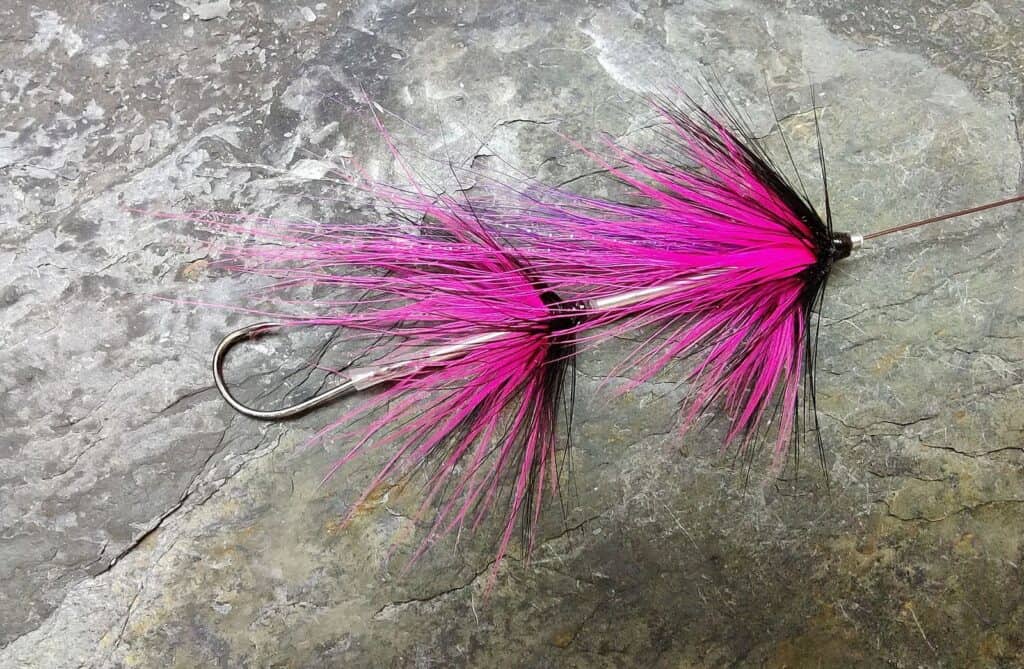
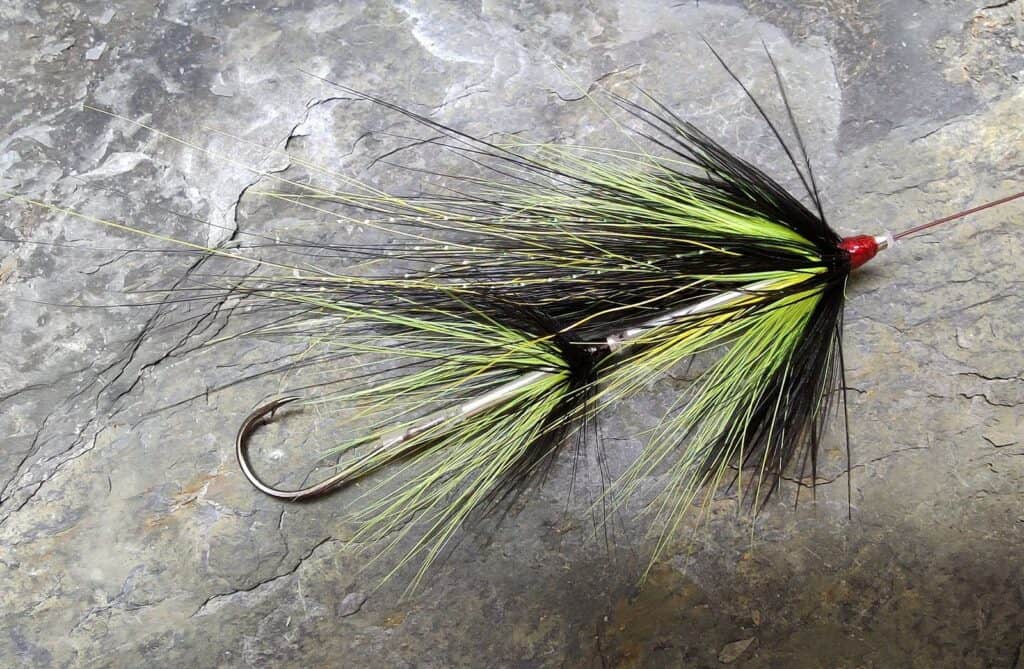
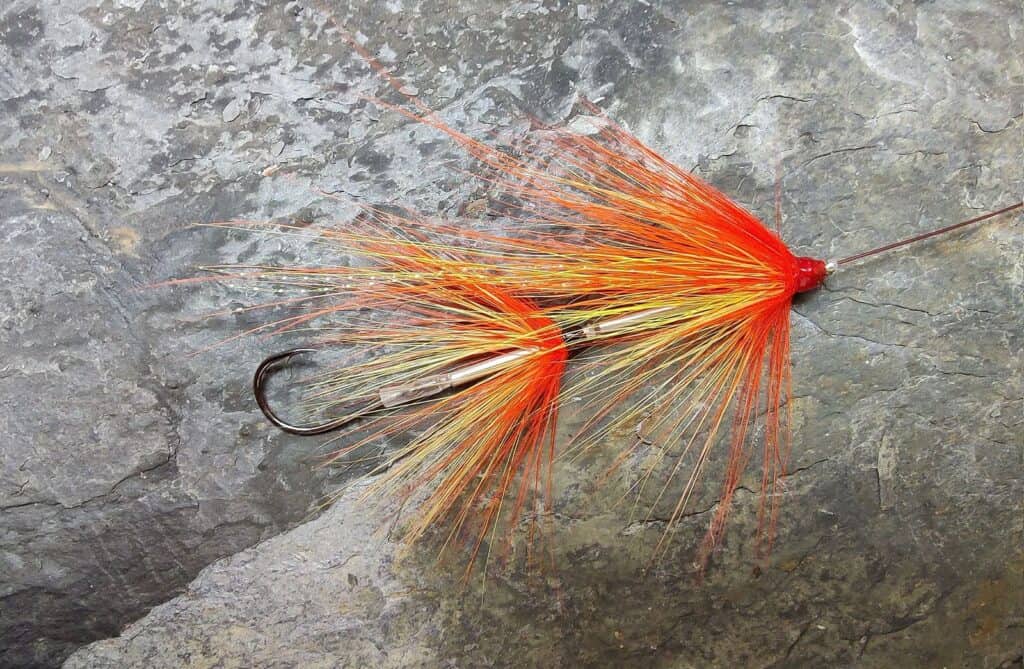
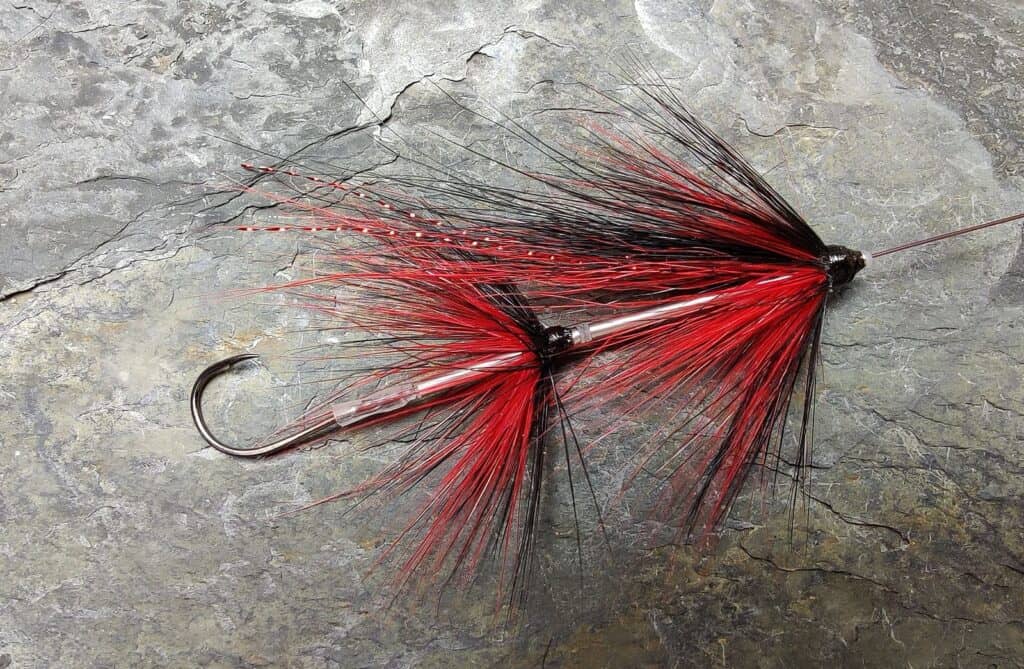
Twin Tube Intruders with Contrasting Front and Rear Colour Dressings
Some examples are shown below of simple mix and match options, creating quite different flies with a simple change of tube pairing.
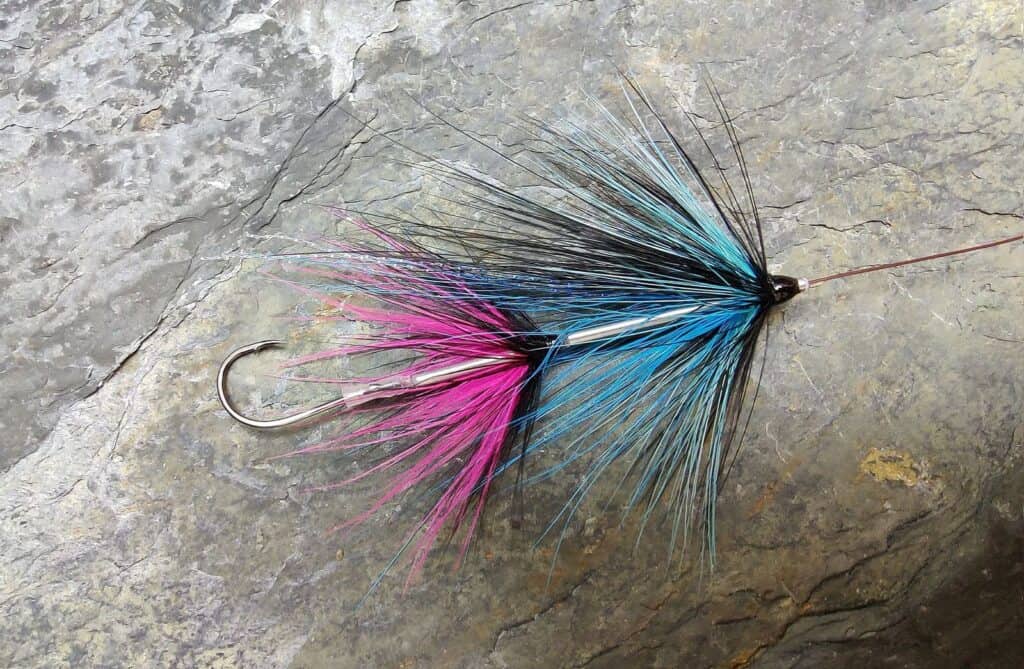
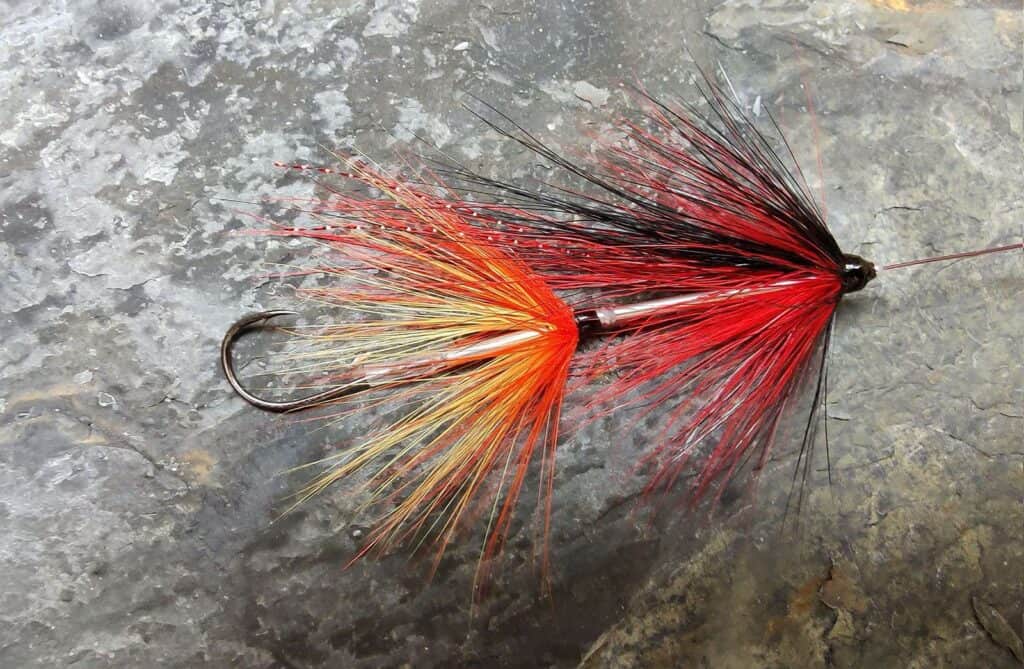
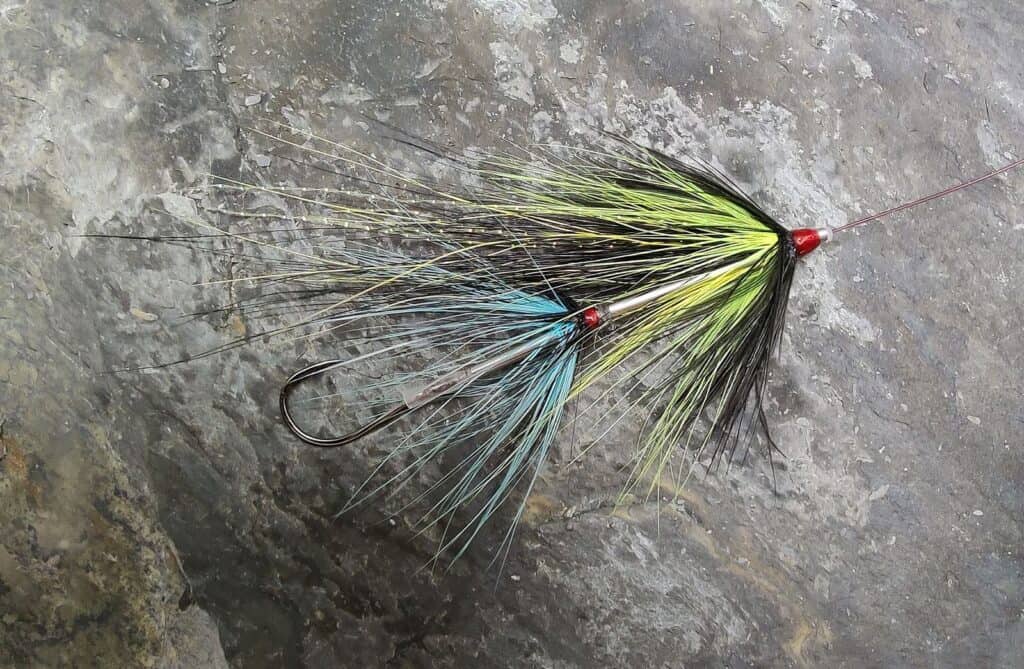
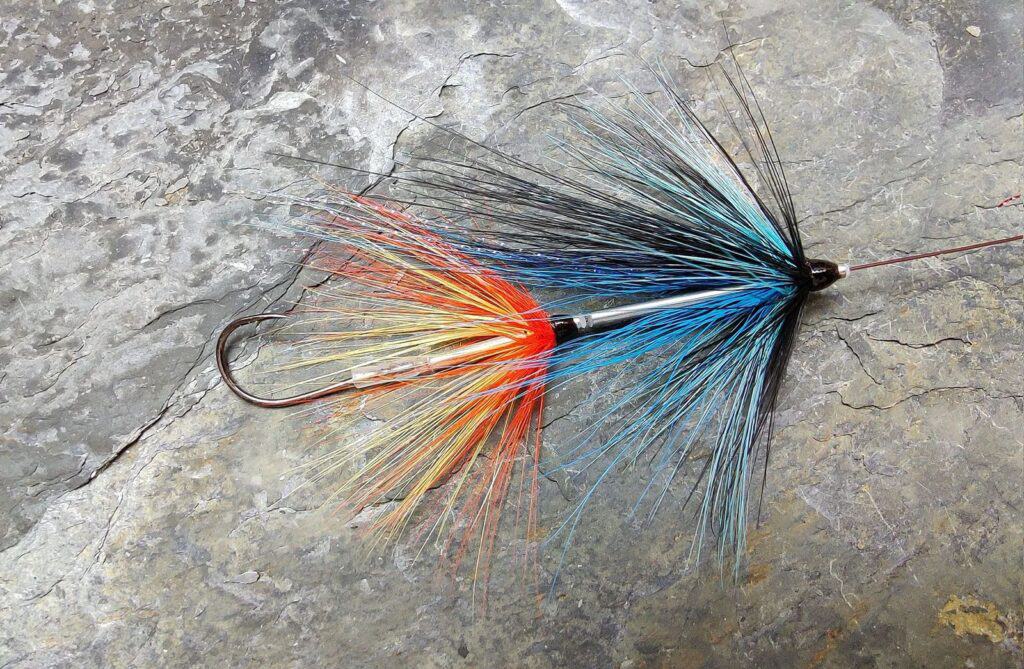
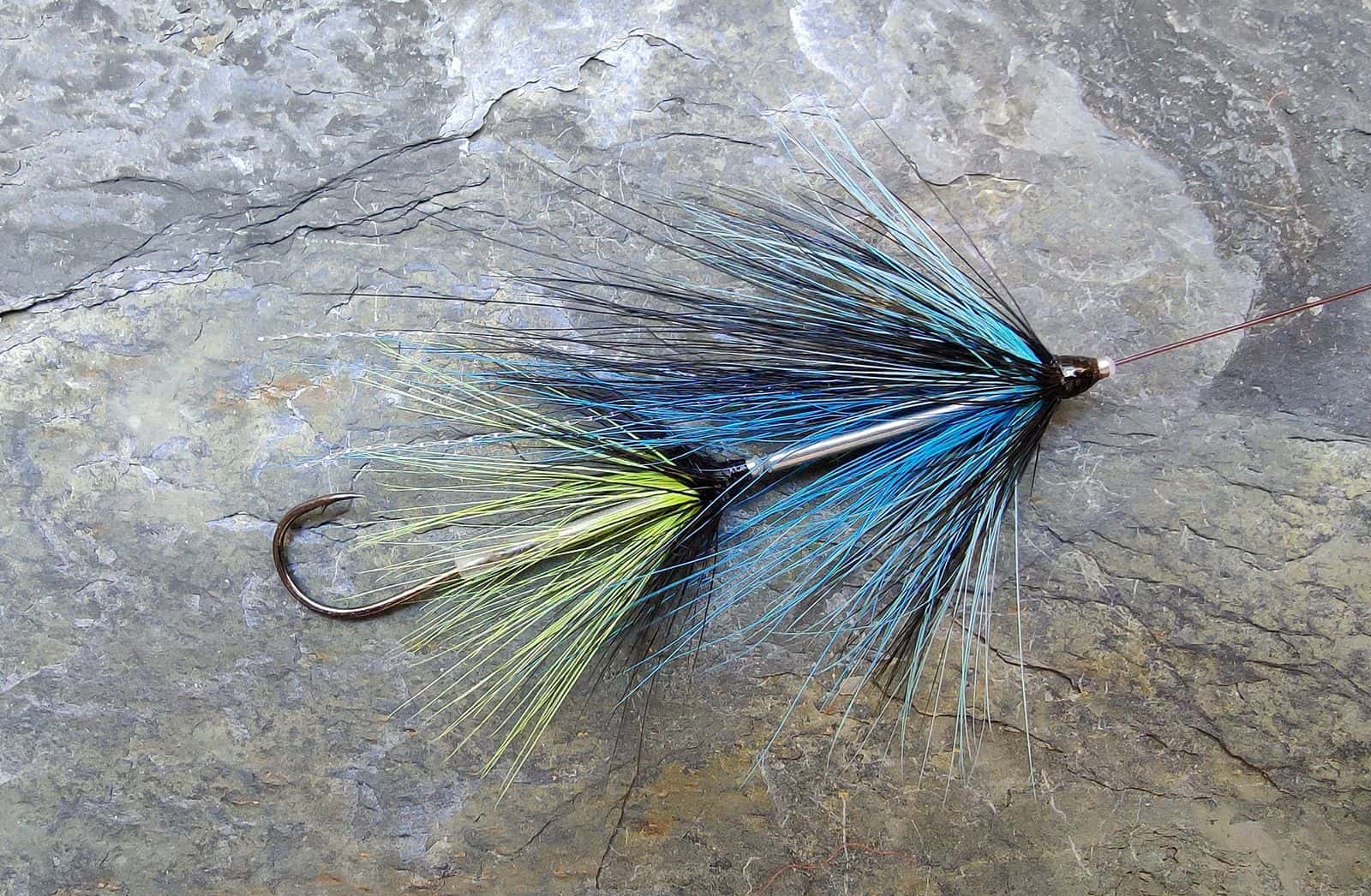
The options are almost infinite!
See also SEA TROUT INTRUDERS
The Intruder is just one of many styles of dressing which may be applied to tube flies. A few other needle tube variants are shown below, these examples designed primarily for sea trout night fishing.
